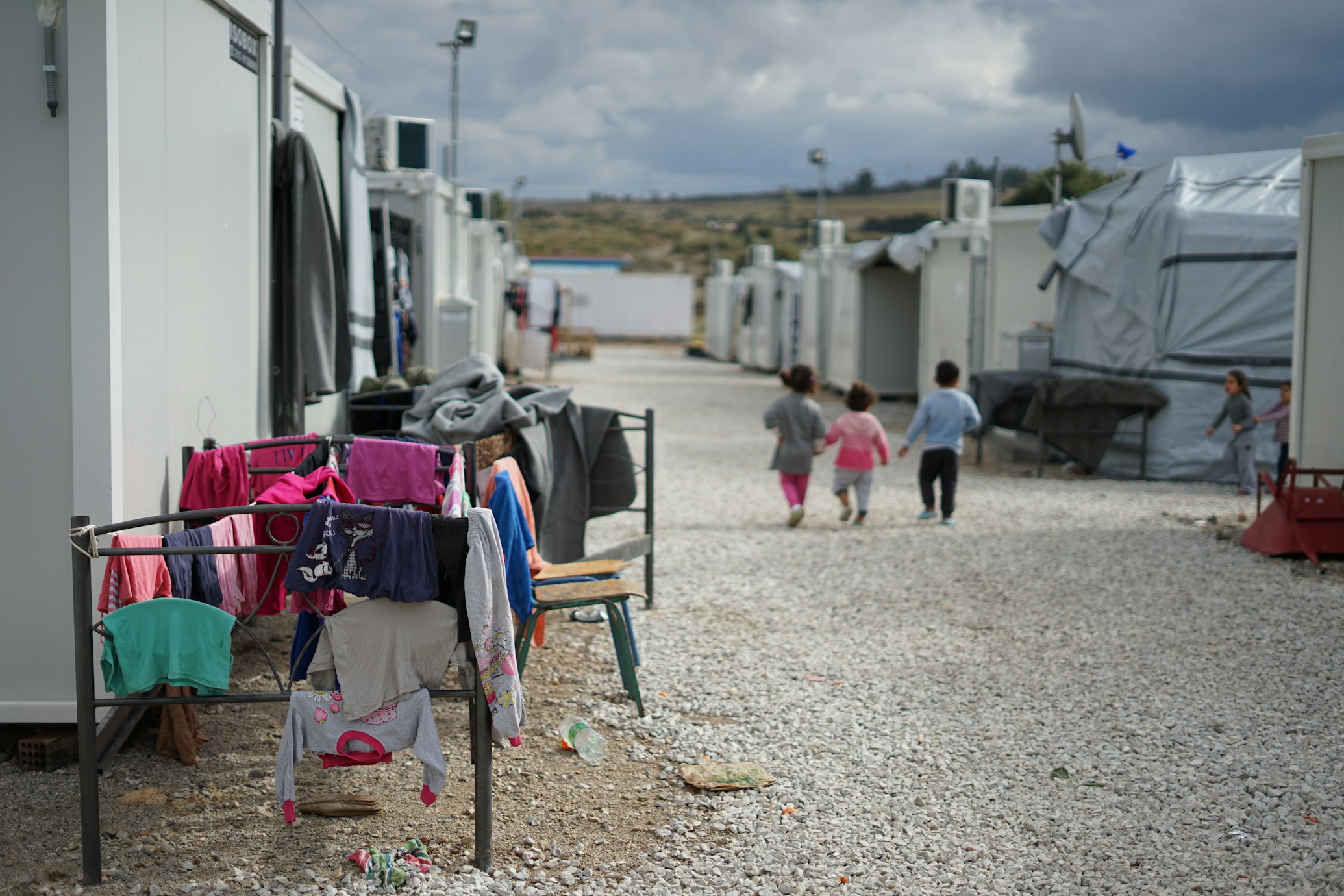One More Wall

On the 29th of August 2015, Hungary finalised the first phase of its initial plan of building a wall. The establishment of barbed wires along the 175km of land that separates the hungarian territory from its neighbour Serbia, was achieved in a remarquably short amount of time.
Indeed, at the end of june of this same year, the Hungarian minister of foreign affairs had already expressed his wish of cutting ties with Belgrade. Even though we are only witnessing the beginnings of this rather controversial project, we can already analyse it as a clear response from the hungarian government, regarding its position towards migration. The final concrete wall will aim at stopping the growing waves of fleeing populations, mostly originating from conflicted countries such as Syria, Afghanistan or Iraq, that use the Hungarian-Serbian border to reach Europe, hoping for better life prospects in the future.
This physical isolation at the gates of Europe should be considered as a meaningful trigger for European authorities, which always oscillate between the ”sacred” sovereignty of each member state and the European Unions’ ongoing efforts to bring unity among the various countries, cultures and identities.
Those news expose a rather explicit and bitter reality; the rise of European extremism. In Hungary, this phenomenon results stronger every year, stimulated by a struggling European economic situation, in which the ”other” is more and more considered with distrust . As a fact, the Jobbik or ”Movement for a better Hungary” grew a progressive, yet massive support in the last years. At the time of its creation, at the end of the 1990s, the political party was a rather marginalised group from the general Hungarian political landscape. However, it convinced approximatively 20% of the electorate at the last legislative elections in April 2014, and therefore established itself as the third political force in the country.
The construction of this wall truly exposes a two-speeds Europe in which one side actively tries to respond positively to illegal migration whereas the other openly rejects it. This physical isolation at the gates of Europe should be considered as a meaningful trigger for European authorities, which always oscillate between the ”sacred” sovereignty of each member state and the European Unions’ ongoing efforts to bring unity among the various countries, cultures and identities. By the means of common institutions or autonomous and supreme legal system for example, the European Union still pursues its desire to foster a deep european identity, despite the troubled times we are facing today. Unfortunately for the Union defenders, the Hungarian case is another blow to the already fragmentated and destabilised European space, which has been confronted to a lot of challenges in the past years and among them, illegal migration.
Featured Image
Bőr Benedek (https://commons.wikimedia.org/wiki/File:Hungary-Serbia_border_barrier.jpg), „Hungary-Serbia border barrier“, https://creativecommons.org/licenses/by/2.0/legalcode.



